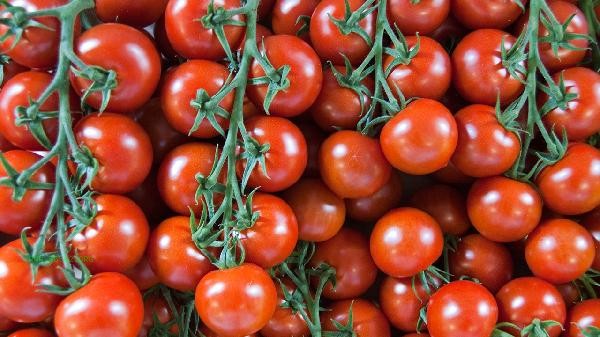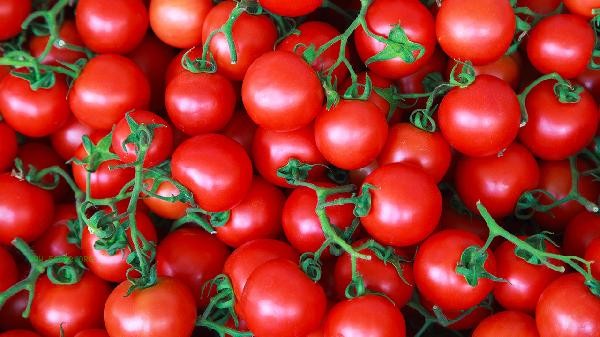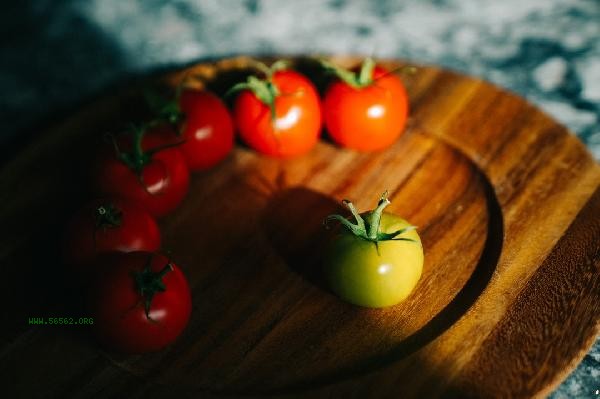Tomato skins may not be removed, but depending on the consumption needs, they can be blanched or eaten directly. The correct handling methods mainly include blanching, freezing, scraping, baking, and direct consumption.

First, blanching method
Cut a cross on the top of the tomato and soak it in boiling water for about 10 seconds. After removing it, immediately immerse it in ice water. The principle of thermal expansion and contraction separates the skin from the flesh, making it easy to tear off the intact skin. This method is suitable for making tomato sauce or dishes that require delicate texture, which can preserve more fruit pulp integrity and avoid nutrient loss. The blanching time should not be too long, otherwise it will cause the flesh to become too soft and affect subsequent cooking.
2. Freezing Method
After freezing intact tomatoes for 2 hours, remove them and let them stand at room temperature for 5 minutes to easily peel off the skin. Low temperature causes ice crystals to form between cells, and after thawing, the skin and flesh naturally separate. This method is particularly suitable for handling large quantities of tomatoes. Frozen tomatoes are easier to process into a paste, making them suitable for making soups or baby food. However, the flesh will become soft after thawing, making it unsuitable for dishes that require shape preservation.
3. Scratching Method
Use the back of a spoon or a specialized fruit and vegetable scraper to evenly scrape along the surface of the tomato for 1 minute, loosening the subcutaneous tissue and tearing it open from the top. This method can maximize the preservation of fruit pulp thickness and is suitable for making raw dishes such as salads. The pressure applied during the scraping process will slightly damage the cell wall, releasing more lycopene, but there may be residual fibrous tissue on the epidermis.

4. Baking Method
Brush the surface of tomatoes with oil and bake them in a 200 degree oven for 3 minutes. After the skin shrinks, it can be peeled off. High temperature decomposes pectin and concentrates flavor compounds, making it suitable for making pizza or stew after processing. The baking process may lose some moisture, but it can enhance the concentration of sweet and savory substances, and improve the overall flavor level of the dish.
Fifth, direct consumption
Tomato skins are rich in dietary fiber and antioxidants, and those with normal digestive function can consume them directly. After thorough cleaning, the wax layer on the epidermis is harmless to the human body, and consuming it with the skin can provide more complete nutrition. For infants and young children or those with gastrointestinal sensitivity, it is recommended to choose other methods of skin removal to avoid fiber irritation to the digestive tract.

Tomato skins contain higher concentrations of lycopene and flavonoids than fruit flesh, which are fat soluble antioxidants that require oil to help absorb. It is recommended to cook with olive oil. The thickness of the skin of different varieties of tomatoes varies greatly. Cherry tomatoes usually have thinner skin that can be consumed directly, while large fruit varieties such as Beefsteak have thicker skin. The processed tomato skins can be dried and ground into powder for use as natural seasonings. Pay attention to avoiding direct sunlight during daily storage. Low temperature environments can delay the decomposition of pectin and maintain the toughness of the cortex. Special varieties such as green tomatoes contain trace amounts of solanine and must be heated and peeled before consumption.








Comments (0)
Leave a Comment
No comments yet
Be the first to share your thoughts!